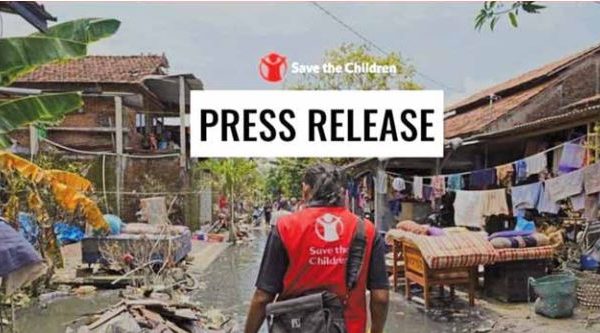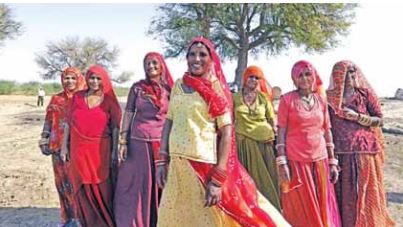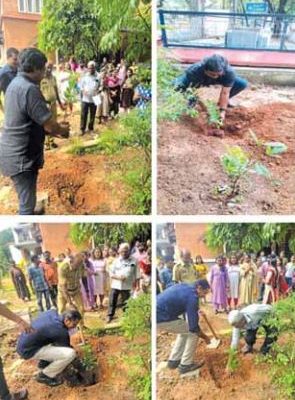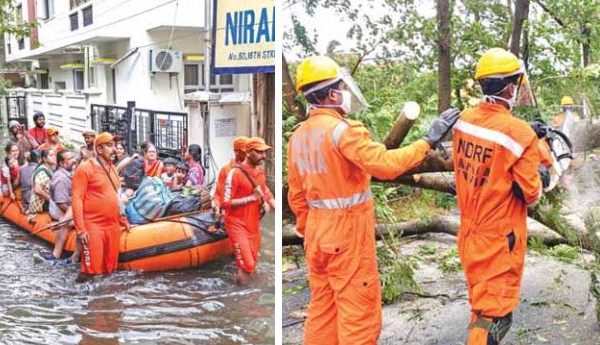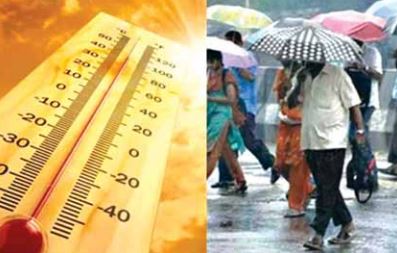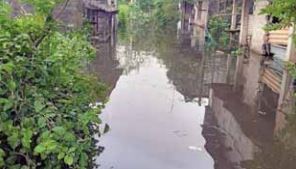
Floods in Sri Lanka Kill 15 People and Force four Million Children out of Classrooms
Over recent years, Sri Lanka has experienced a rise in both the frequency and intensity of floods. This escalation is linked to changing climate patterns that bring more intense rainfall over shorter periods, overwhelming the existing infrastructure and natural waterways.Sri Lanka was hit by devastating floods in early June 2024 which resulted in the deaths…


